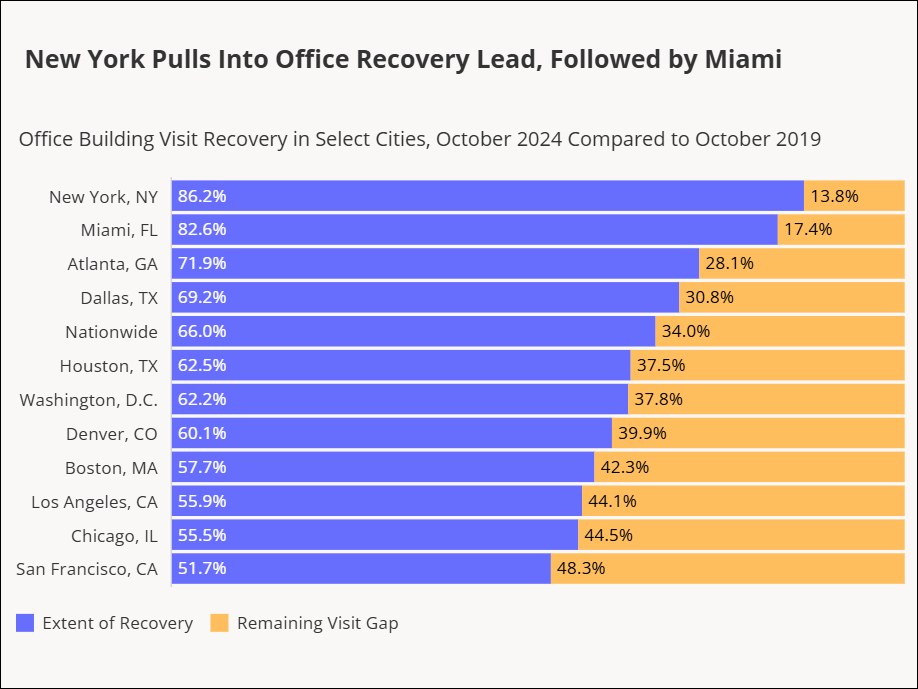Solar Plus Energy Storage: The Way of the Future
Beth Fox, a partner at Manatt, Phelps & Phillips, explains how alternative energy storage is on the front lines of energy technology innovation.
By Beth Fox
 Over the last decade, both residential and commercial property owners have increasingly turned to solar power to provide clean, renewable energy. Owning a solar system yields tremendous savings on utility bills; even accounting for system and installation costs, a solar system more than pays for itself over its lifetime. The alternative arrangements (a solar lease or a power purchase agreement/roof lease arrangement) also enable a property owner to obtain clean power at a substantial discount to utility costs.
Over the last decade, both residential and commercial property owners have increasingly turned to solar power to provide clean, renewable energy. Owning a solar system yields tremendous savings on utility bills; even accounting for system and installation costs, a solar system more than pays for itself over its lifetime. The alternative arrangements (a solar lease or a power purchase agreement/roof lease arrangement) also enable a property owner to obtain clean power at a substantial discount to utility costs.
Some forward-thinking property owners have now begun to install energy storage systems, usually battery storage systems, on their properties. One model is to allow a storage developer to lease space on the property and install an energy storage system on it. The system is dispatched to support the electric grid under a power purchase agreement between the energy storage developer and an electric utility, and the property owner benefits by obtaining rent for otherwise-vacant space. Another option is for the property owner to own the system and use the battery to reduce its energy costs by filling the battery when utility electricity rates are low (at “off peak” times—usually at night) and discharging the battery when electricity rates are high (at “on peak” times, usually afternoon and early evening.)
For those with ample roof or ground space for a solar system and extra room for energy storage, the combination—a solar system and a battery system—may provide the ticket to near-energy independence. A solar system provides energy while the sun shines, but adding storage can save the energy generated by the solar system to be used during the remainder of the day.
There are several key challenges:
- First, in order to have sufficient energy to both power the property during the day and charge the batteries for use at night, an owner will need to build a larger solar system that is, initially, more expensive.
- Many utilities will not “net meter” (give credit for) any excess power generated by a system that is overbuilt to exceed the property’s normal energy demand. This may not be an issue for owners who intend to use all the power generated by the system to power the property or fill the storage batteries, but it should factor into an owner’s calculations.
- Batteries have limited durations of discharge: four hours is typical. Thus, to have sufficient energy to power a property during all the hours when the solar system is unable to generate power, an owner needs to have batteries that can absorb three or more times the average energy used in the relevant four-hour periods.
An owner who is considering solar/storage systems should obtain expert advice on the specific tariff under which the property is currently taking electricity and the often-complex rules governing net metering and other regulatory issues.
Because storage systems are still relatively high priced, the solar-plus-storage paradigm may not currently make sense for many property owners. Ten years ago, however, no one could have foreseen the reduction in the price of solar systems and the concomitant inroads that solar power has made. Once storage systems come down in price, with or without government incentives, we can expect to see a greater shift to the solar-plus-storage model.
Beth A. Fox is a partner at Manatt, Phelps & Phillips LLP. Fox has negotiated large, complex power purchase agreements, advised on a multibillion-dollar portfolio of power contracts and represented a large utility on major regulatory proceedings. She has significant experience with renewable energy, combined heat and power, and energy storage contracts.







You must be logged in to post a comment.